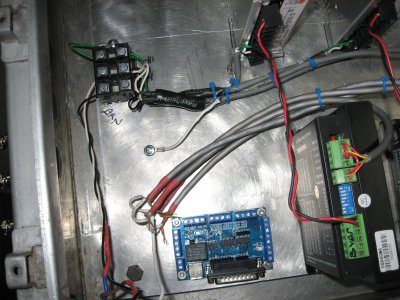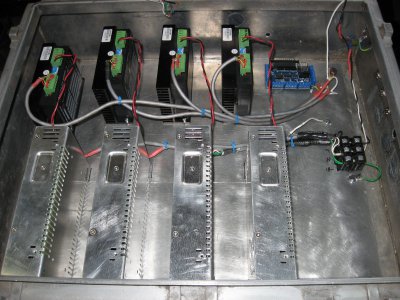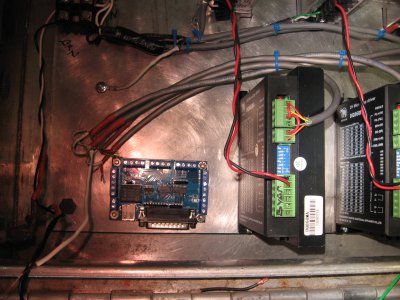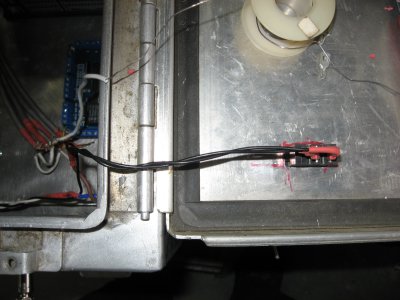- Joined
- Dec 18, 2013
- Messages
- 2,012
Well guys have gotten some wiring done and would like you guys to check it out BEFORE i fire it up, do not want to loose the magic smoke out
Any how here are the pic,s
Bill
Consider this 'tough love', some of your wiring sucks. In the pics I see poorly stripped wire, too much insulation stripped with exposed wire, a couple of very poorly soldered wires that are not soaked through with solder, jumpers that are way too long, exposed shields that should be covered in heat shrink, there is room for improvement my friend. These CNC builds can be tricky enough to troubleshoot, take the marginal amount of extra time to do your wiring well to avoid chasing wiring issues later on.









